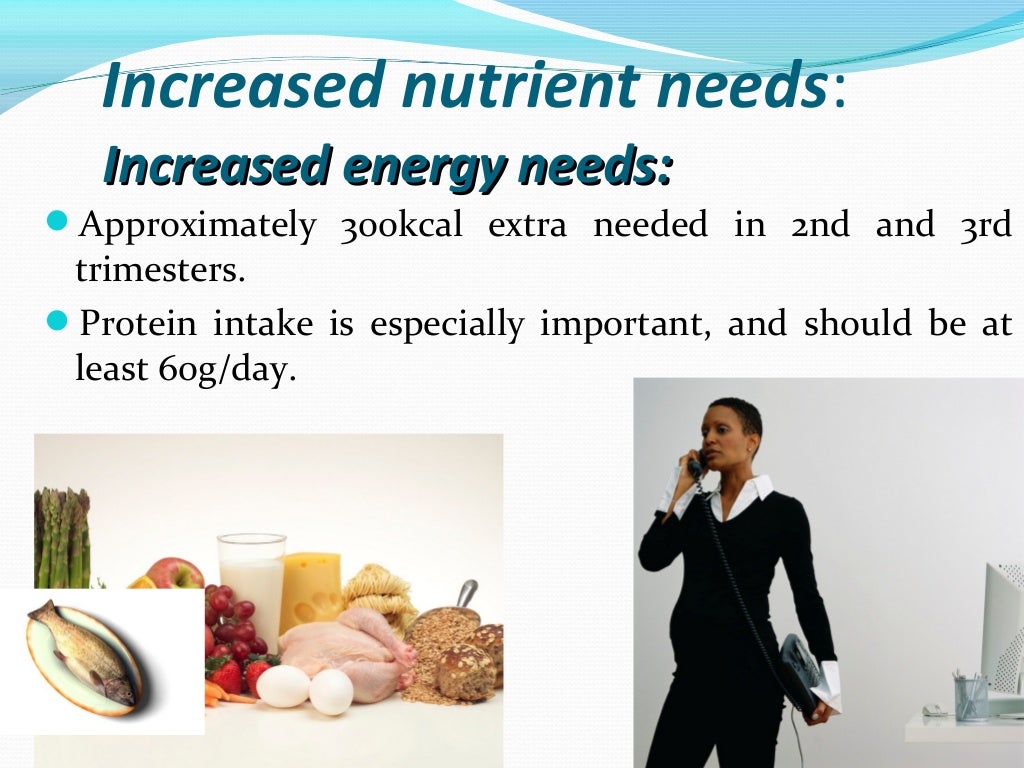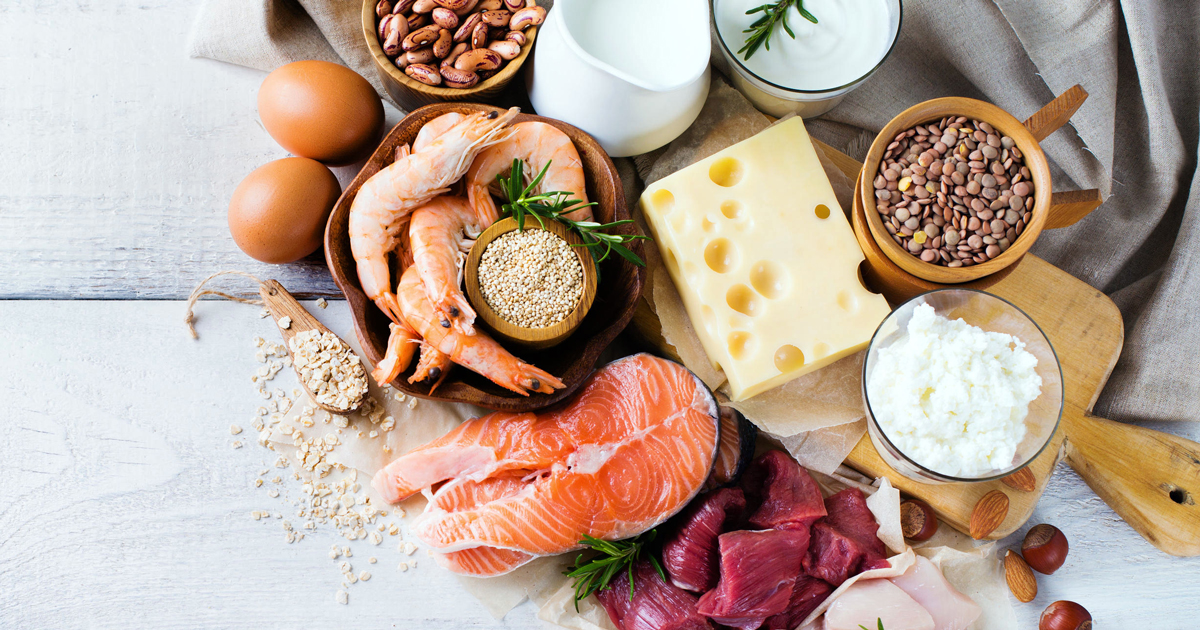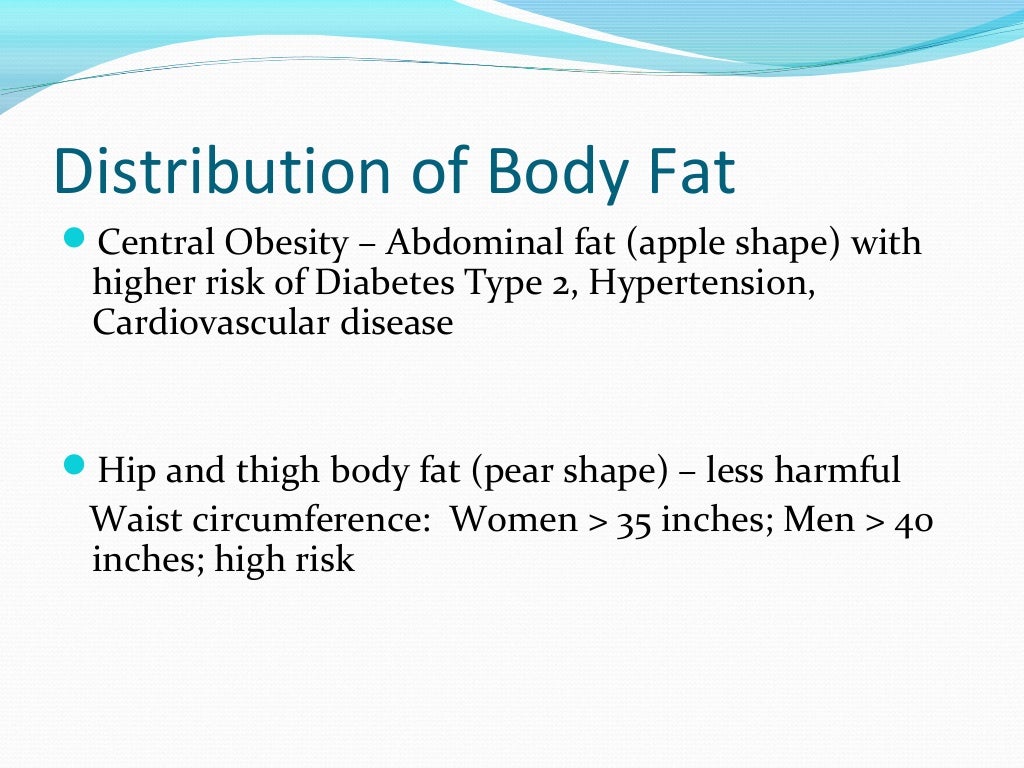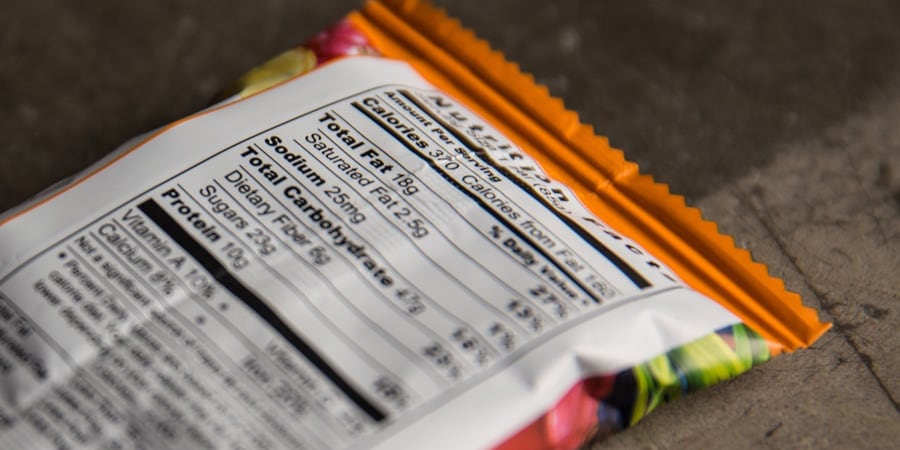39 energy on food labels
How to Calculate Energy From Foods | livestrong Step 1 Multiply grams of carbohydrate in the food by 4 calories per gram. A calorie is a unit of how much energy is in a given amount of food, also called a kcal. Regardless of whether the carbohydrate in food is sugar or starch, all carbohydrates provide the body with 4 calories/gram, explains Dr. Lauralee Sherwood in her book "Human Physiology." The Science Behind Calories and Nutrition Facts Labels These labels provide you with information you need to make healthy food choices. Our bodies get energy from the food we eat. When we digest food, our bodies use some energy right away and store the rest of the energy for later. Our bodies use energy for three main things. These include digestion, physical activity and other body functions.
Food labels will not only show you the composition of your food, but it will often also indicate which fraction of your daily calory intake will be covered by a certain portion of the respective food item. By getting this information, you might be better able to plan your diet in order to avoid excessive calory intake.
Energy on food labels
How Do They Calculate Calories on Food Labels? Additional research shows that energy values using traditional Atwater factors overestimate the energy value of almonds and pistachios by 32% and 5%, respectively. Our tips: We want to believe that the information on food labels is 100% accurate, but in reality, it is a compilation of best available data rounded to whole numbers. Food labels: a guide to reading nutrition labels - MyDr.com.au The nutrition label displays the quantity of energy (measured in kilojoules) found in a serving and in 100 grams (or 100 millilitres if liquid) of the product. However, there are no standards for serving sizes and they are decided by the manufacturer. How to Understand and Use the Nutrition Facts Label | FDA That is two times the calories and nutrients shown in the sample label, so you would need to double the nutrient and calorie amounts, as well as the %DVs, to see what you are getting in two...
Energy on food labels. Labelling-Determination of the energy content of food How is energy content recorded on labels? In the UK and other member states of the European Union manufacturers of pre-packaged food must label the nutritional energy of their products in both kilocalories ("kcal") and kilojoules ("kJ"). The energy content of food is generally given for 100 g and for a typical serving size. Carbon Labels Are Finally Coming To The Food And Beverage Industry Oatly. There's hope that having carbon labels on food will help encourage change on an individual level, and that it will help educate consumers to eat a more environmentally friendly diet. One ... Food Labeling & Nutrition | FDA Food labeling is required for most prepared foods, such as breads, cereals, canned and frozen foods, snacks, desserts, drinks, etc. Nutrition labeling for raw produce (fruits and vegetables) and... Food energy - Wikipedia Many governments require food manufacturers to label the energy content of their products, to help consumers control their energy intake. To facilitate evaluation by consumers, food energy values (and other nutritional properties) in package labels or tables are often quoted for convenient amounts of the food, rather than per gram or kilogram; such as in "calories per serving" or "kcal per 100 ...
Food Labels: Calories VS Energy - Marci R.D. In case you haven't noticed, their food labels don't contain the word "calories." Instead, they use the word "energy." Every time I see that it brings a smile to face. In my opinion, the word calorie seems to possess a laundry list of negative associations. Count your calories Cut your calories Burn your calories Choose your calories wisely Food Label Accuracy of Common Snack Foods - PMC Nutrition labels have raised awareness of the energetic value of foods, and represent for many a pivotal guideline to regulate food intake. However, recent data have created doubts on label accuracy. Therefore we tested label accuracy for energy and macronutrient content of prepackaged energy-dense snack food products. Understanding food labels: portions, energy | Health24 When next you look at a food label that says 'low in energy', first check the label to see how much energy it really contains. That energy bar we were discussing earlier may contain as much as 500kJ per 50g portion (which means it contains 1000kJ per 100g). Therefore, it is anything but 'low in energy'. Energy content of slimming products Calculate the energy content of foods - Dairy Science Calculate the energy content of foods While this calculator can be used a simple food calorie counter it is an integral part of an article on food labelling. The article provides an insight to the use of food labelling as a governmental policy 'tool' in the 'battle' against obesity and explains the science underlying the calculations.
Nutrition labeling: energy values of foods and fat substitutes Prominent among the nutrition information required is labeling of the total energy content of food and the energy content derived from fat. In Title 21, Code of Federal Regulations, five methods are specified for determining the energy content of foods. Energy Drink Labels Sometimes Misleading - LHSFNA Conventional foods must have a 'Nutrition Facts' panel on their labels, but dietary supplements must have a 'Supplement Facts' panel." Energy drink labels are unclear because of the lack of regulation. Many ingredients in energy drinks are "proprietary," and details are often not disclosed or may not be accurate. Food Labels | Nutrition.gov What's New with the Nutrition Facts Label. HHS, Food and Drug Administration. The U.S. Food and Drug Administration (FDA) has updated the Nutrition Facts label on packaged foods and beverages with a fresh design that will make it easier for you to make informed food choices that contribute to lifelong healthy eating habits. What's in a Name? Food labels - NHS Most pre-packed foods have a nutrition label on the back or side of the packaging. These labels include information on energy in kilojoules (kJ) and kilocalories (kcal), usually referred to as calories. They also include information on fat, saturates (saturated fat), carbohydrate, sugars, protein and salt.
Nutrition labelling | Food Standards Agency energy value must be expressed in kilo joules (kJ) and kilo calories (kcal) and the amount of the nutrients must be expressed in grams (g) all elements must be included next to each other. The...
How green is your food? Eco-labels can change the way we eat, study ... While food labels are nothing new, a different type that calculates the environmental cost has had a surprising effect on consumers Tiffany Cassidy Wed 22 Sep 2021 01.00 EDT Last modified on Mon ...
Energy labelling of alcoholic beverages - Food Standards on-label energy content information is the best option to address the problem and is generally supported by stakeholders as the preferred option a shortened nutrition information panel (NIP), containing average energy content only, appears to be the most appropriate format for labelling of alcoholic beverages and was preferred by most ...
How to understand food labels - Eat For Health The Nutrition Information Panel on a food label offers the simplest and easiest way to choose foods with less saturated fat, salt (sodium), added sugars and kilojoules, and more fibre. It can also be used to decide how large one serve of a food group choice or discretionary food would be and whether it's worth the kilojoules.
Energy in food (kilojoules and calories) - Better Health Channel Food energy used to be measured in Calories (Cal) and some countries still use those units. The conversions are as follows: 1 kJ = 0.2 Cal; ... You can find out how many kilojoules are in specific foods by checking the label (nutrition information panel) on packaged foods in the supermarket. When eating out or grabbing food on the run, check ...
Food labels & nutritional information | Raising Children Network Things to look out for on food labels: energy, fat, sugar and salt Energy Energy is listed on the panel as kilojoules (kJ). Fats, protein and carbohydrates all provide your body with the energy or kilojoules you need to function and do your daily activities.
Label: Front of pack labels > Five key nutrients > Energy - Food label The energy a food delivers depends on the nutrients it contains. A gram of carbohydrates has four calories as does a gram of protein. One gram of fat contains nine calories and a gram of alcohol has seven calories. Eating too little energy'can be equally bad for health as it can mean the body isn't getting enough nutrients, which can be bad for ...
Why most food labels are wrong about calories - The Conversation A calorie is a measure of usable energy. Food labels say how many calories a food contains. But what they don't say is that how many calories you actually get out of your food depends on how highly...
Nutrition labels decrease energy intake in adults consuming lunch in ... Nutrition labels decrease energy intake in adults consuming lunch in the laboratory Abstract Increased visibility of food labels is a potential method to reduce the rate of obesity. However, few empirical studies have investigated the impact of nutrition labeling on food selection or energy intake.
Nutrition labels are only telling half the story about your food's calories A calorie is a measure of usable energy. Food labels say how many calories a food contains. But what they don't say is that how many calories you actually get out of your food depends on how highly...
How to Understand and Use the Nutrition Facts Label | FDA That is two times the calories and nutrients shown in the sample label, so you would need to double the nutrient and calorie amounts, as well as the %DVs, to see what you are getting in two...
Food labels: a guide to reading nutrition labels - MyDr.com.au The nutrition label displays the quantity of energy (measured in kilojoules) found in a serving and in 100 grams (or 100 millilitres if liquid) of the product. However, there are no standards for serving sizes and they are decided by the manufacturer.
How Do They Calculate Calories on Food Labels? Additional research shows that energy values using traditional Atwater factors overestimate the energy value of almonds and pistachios by 32% and 5%, respectively. Our tips: We want to believe that the information on food labels is 100% accurate, but in reality, it is a compilation of best available data rounded to whole numbers.














Post a Comment for "39 energy on food labels"